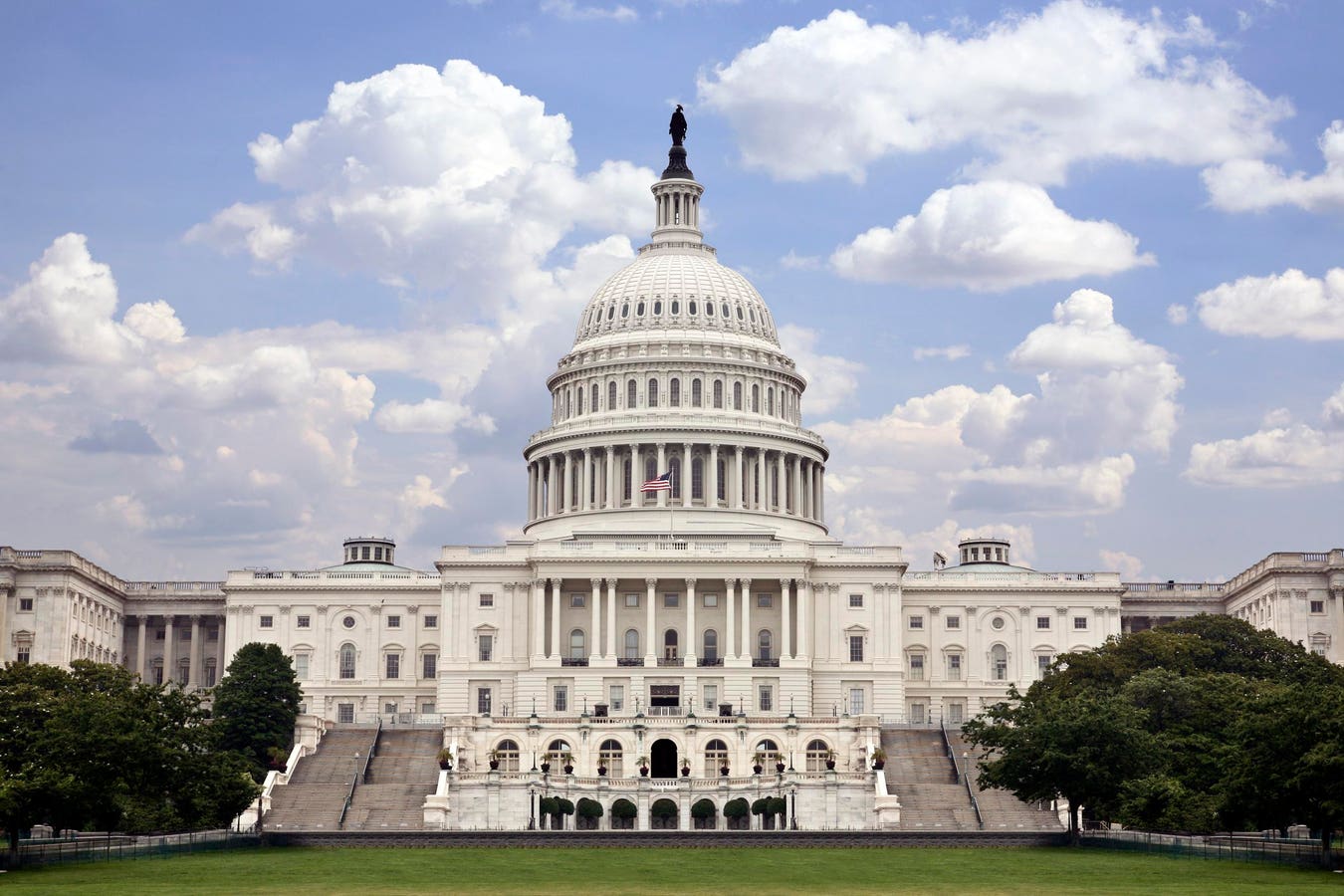http://dieterspears.com/istock/links/button_election.jp g
getty
While the government shutdown continues with no immediate end in sight, the Senate passed its draft of the FY26 National Defense Authorization Act earlier in October. The House passed its version of the bill in September. Now, lawmakers will work to reconcile differences between the two proposals and settle on a final text to send to President Donald Trump’s desk before the end of the year.
The NDAA is notable as it is one of the few bills that Congress reliably passes each year, having done so every year since 1961. In this role, it tends to be a measure that lawmakers look to attach other provisions to, knowing that it has a strong chance to pass into law. This year is no different, with a host of non-defense-related amendments included in both the House and Senate drafts. Of particular note are several that could result in new restrictions aimed at China, including export controls for semiconductors and outbound investment regulations.
One of the amendments likely to garner significant attention in the negotiations ahead is the GAIN AI Act, which was included in the Senate’s draft. If passed into law, the bill would establish a global licensing regime for semiconductor sales similar to what the Biden administration’s AI Diffusion Rule would have created. Additionally, the proposal would require semiconductor companies selling to countries of concern, a list that includes China, to offer American businesses the first right of refusal for those orders. Despite significant pushback from industry members, including Nvidia, as well as the White House, reported by The New York Times, the measure was still included in the Senate’s NDAA draft. However, no similar provision was attached to the House’s draft, where lawmakers have been quieter on the issue.
Two other proposals of particular note in the Senate’s NDAA draft are amendments to establish outbound investment regulations and to prohibit companies from collaborating with Chinese biotech companies of concern on projects funded by the federal government. The first of these measures would give the Treasury Department increased authority to oversee and block transactions involving “prohibited technologies,” a list that includes various aspects of the semiconductor supply chain, AI models, quantum technology, and hypersonic missile technology. This is not a new effort from the Senate, which has previously supported similar legislation as part of the NDAA. However, the measures have never been included in the final draft, and this year, again, no corresponding provision was included in the House NDAA.
The other amendment covering the biotech sector is a revised draft of the BIOSECURE Act, which generated significant controversy last year in part due to constitutional concerns raised about the bill. The changes made aim to address those worries by removing the specific naming of companies in the legislation, instead leaving it to the executive branch to determine which companies the restrictions should apply to. This year, the proposal has yet to attract significant pushback, but it remains a long way from being passed into law. Additionally, the House did not include it in its proposed NDAA draft.
One notable measure relating to tech and China included in the House’s NDAA draft targets Chinese drone manufacturers DJI and Autel. The provision is less aggressive than some of the measures included in the Senate’s draft, calling for a review of the companies by an “appropriate national security agency.” The result of these reviews could be import restrictions on these products. This proposal was not included in the Senate’s draft, but it may appeal to some of the chambers’ China hawks, giving it a chance to be included in the final legislation.
While the House’s drone measure could make the final NDAA, the path for the three proposals from the Senate appears to be more challenging. Both the BIOSECURE Act and outbound investment regulations have faced issues in this process before, with the House pushing back on both in the past. These dynamics do not appear to have significantly shifted this year, making them likely contenders to be left on the cutting room floor during the conferencing process. The GAIN AI Act is also expected to be left behind, in large part due to the opposition it has faced from the White House, which has shown itself to have more influence in the House than in the Senate on these issues. In addition, the Trump administration is working to craft its own replacement for the AI Diffusion Rule, which would offer an easy way for lawmakers to deflect and claim that they want to defer to the White House on the issue.
The conference process is likely to ramp up in the weeks ahead, but significant progress is likely to be delayed by the government shutdown. The odds are still high that the NDAA will pass by the end of the year, or very early in 2026, even with the current shutdown. The White House will likely have a significant say on which, if any, of these amendments make the final cut, so it remains a key player to watch on these debates.


